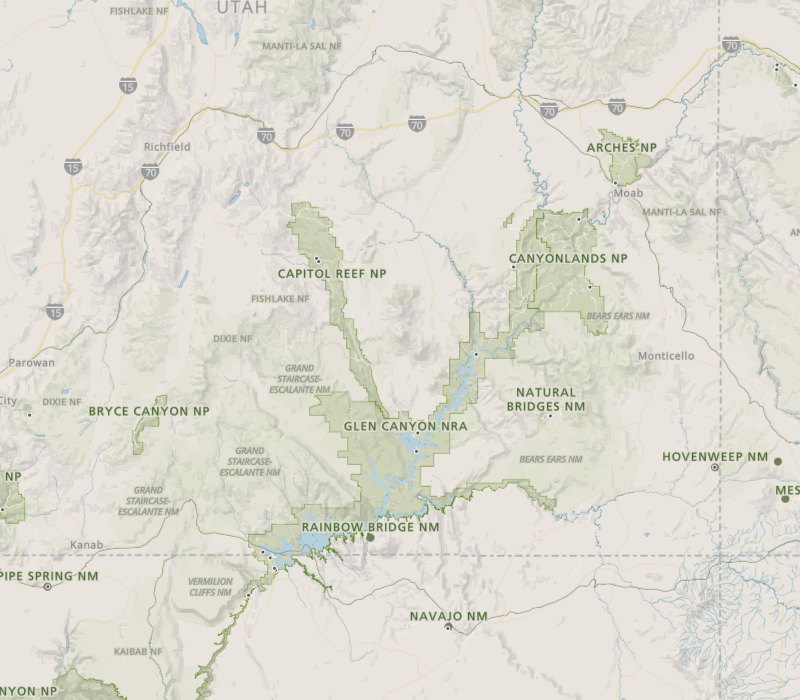
USGS Investigators: Nick Paretti
NPS Investigators: Ken Hyde
| 2021 | 2022 | 2023 |
|---|---|---|
| $100,000 | $99,800 | $100,000 |
Glen Canyon National Recreation Area (GLCA) wants to identify if non-native, filter feeding quagga mussels can be utilized as a biotic monitoring tool for the long-term tracking of PAHs in a lake with heavy recreational PWC and boat use. The primary goal of the project is to enact a pilot study to develop a methodology for the collection and analysis of PAHs in quagga mussels. The method could then transition into an expanded PAH biomonitoring program for the entire lake with potential of monitoring for additional contaminants. Published techniques and methods would be transferred to NPS staff and laboratory analysts so that GLCA could reduce costs associated with intensive water and sediment sampling. As a part of this analysis, PAH bioaccumulation will be compared to passive sampler accumulation to assess the types of PAH compounds measured using each method, as well as differences in relative magnitudes of dissolved versus bioaccumulated concentrations of PAHs. The cost-effectiveness of the sampling and analysis procedures of the two methodologies for long-term monitoring of PAH’s will also be calculated. These results will advise and support NPS resource management decisions, as well as other federal and state agencies decision making in determining health advisories or other actions that should be taken to protect human health. Other parks, including Lake Mead on the Lower Colorado, the NPS units scattered around the Great Lakes, and other parks with dreissenid mussel infested waters will be able to use the methodologies and research results from this study to determine if similar PAHs or other bioaccumulation studies involving quagga or zebra mussels may better inform their park’s management decisions.
